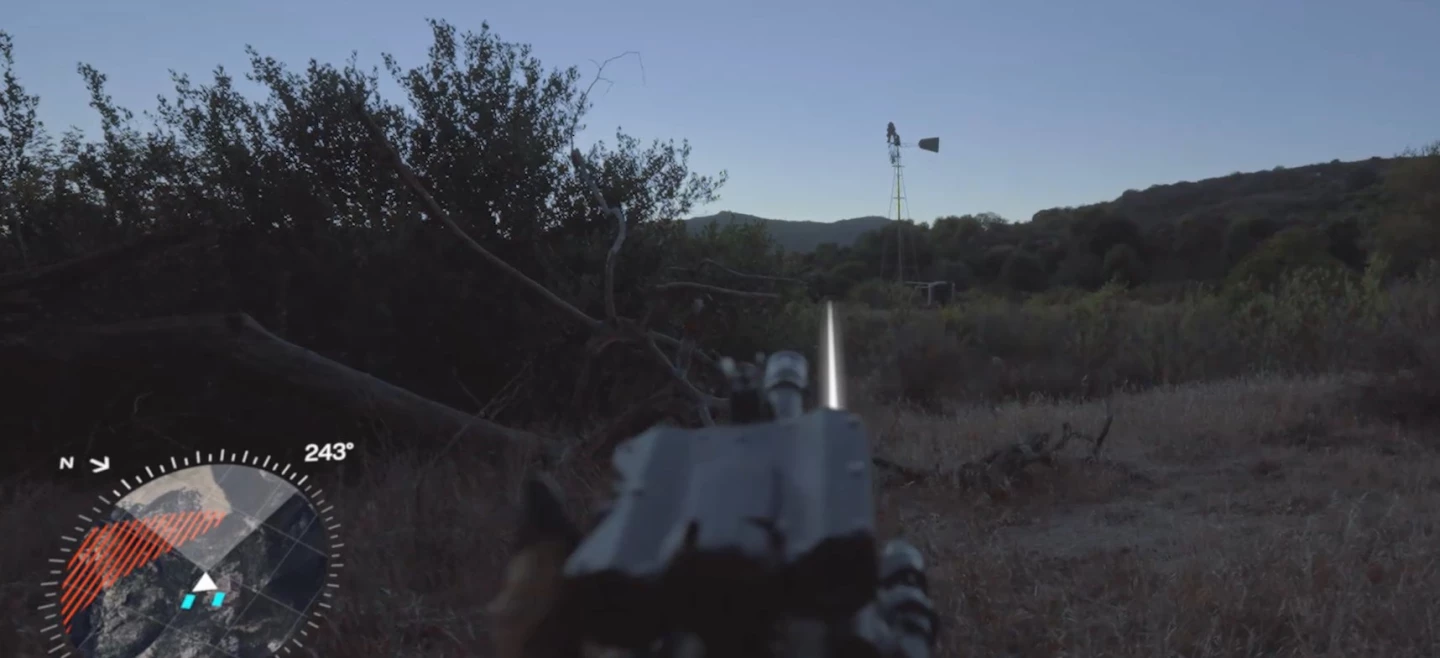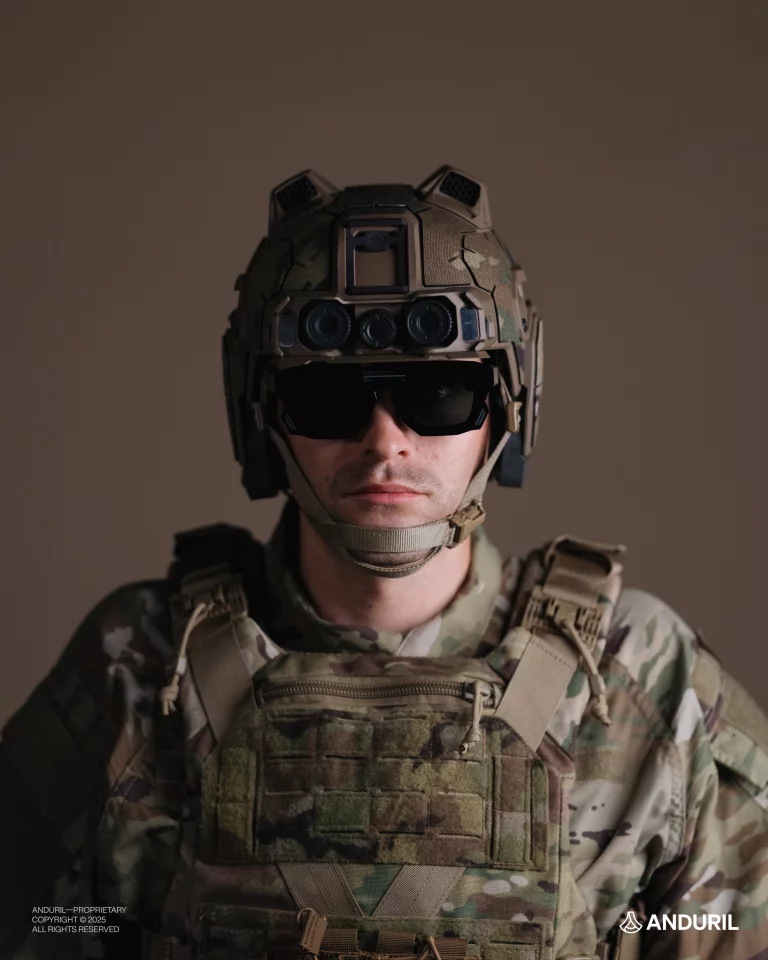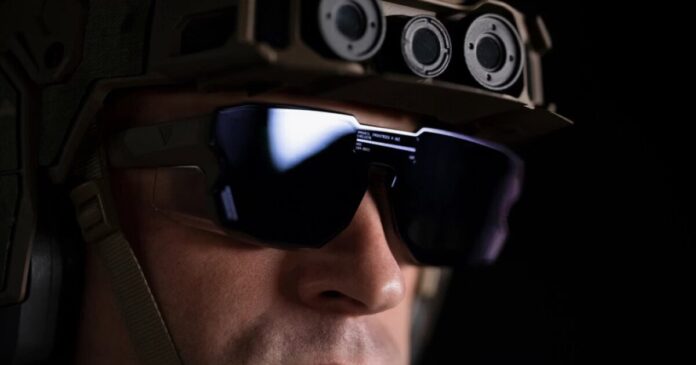The soldier of tomorrow seems to have arrived a bit early as Anduril shows off its new AI-powered helmet system. It not only protects soldiers but gives them super senses while turning them into nodes in an advanced data communications network.
Time was when an army helmet wasn’t much more than a defensive tin lid that could be used as an improvised wash basin and not much else. Mind you, the entire infantry kit in those days didn’t go far beyond a rifle, bayonet, canteen, mess tins, and an entrenching tool balanced with the odd hand grenade.
Today, things are a bit different as soldiers become more and more weighed down with electronics that often seem to be more of a hindrance than a help. One example of this might be night vision goggles. True, they give war-fighters a tremendous advantage by turning night into day, but they have a very restricted field of vision, convey only limited information, and are notoriously heavy and cumbersome. Try wearing any of the consumer versions with a head strap for a few hours and the word “discomfort” takes on a whole new meaning.
EagleEye
The good news is that not only are these systems becoming more sophisticated, they’re also becoming more wearable and more intuitive to use.
There have been many systems designed to turn soldiers into data nodes capable of sharing sensor information with a global network, but Anduril’s EagleEye aims at taking this to the next level by creating a modular system that takes advanced AI communications and incorporates it into variants of a protective ballistic helmet, armored chest plate, and optical display glasses.
The idea is to not only improve the capabilities of the soldier on the ground but to make the system much more comfortable on the head. Instead of having heavy electronic goggles sticking out from the wearer’s face and pulling on the neck like a lever, the optics are integrated into the ballistic helmet along with acoustic and radio frequency sensors.
Anduril
In addition, the optical readouts are replaced with interchangeable glasses, including transparent ones with augmented reality for daytime, opaque ones for night vision, and the ability to mix images across various spectra. For full face protection, the glasses can be replaced with a complete ballistic shield from brow to chin.
Perhaps the best way to describe EagleEye is to talk about what it does for the soldier.
Unlike many modern helmets, the EagleEye ballistic protection has ear protectors built in. These flaps don’t just protect the soldier’s hearing, they’re also part of the communications system and they can augment the wearer’s hearing so they can pick up and understand sounds and speech from much further away. When not in use, the flaps swing open, allowing the soldier to listen normally.

Anduril
The hearing even goes a step beyond. Not only can it detect conversations, it can also zero in on gunshots, indicating the source on the visual display. This display also includes inputs from fellow soldiers, drones, and other sensor platforms, which are integrated into the warrior’s field of view, as well as panoramic views from cameras in the helmet. As a result, the wearer has a 3D picture of the entire area that is over 200° wide and over 100° tall.
Not only that, the system knows which way the soldier’s rifle is pointing and can direct it toward the desired target. It can also integrate feeds from other platforms, allowing the soldier to “see” behind obstacles where hostiles might be hiding.
The heart of EagleEye is Anduril’s Lattice Mesh Networking AI platform that can handle thousands of autonomous data streams. This is so fast that the company claims that it has reduced the software update time from two days to 15 minutes. In the field, it acts as a “guardian angel” that assists in real-time target recognition, route planning, automatic communications filtering, and flagging critical threats to reduce the soldier’s workload.

Anduril
The system even goes beyond the visual by detecting and locating radio signals, displaying the details of any communications in the area and triangulating their location. The system can also detect lasers, making it more difficult for a hostile to lock on target.
Meanwhile, back at headquarters, EagleEye allows planners to call up 3D displays of the mission area to track and guide assets in the field.
“We don’t want to give service members a new tool – we’re giving them a new teammate,” said Palmer Luckey, Anduril’s founder. “The idea of an AI partner embedded in your display has been imagined for decades. EagleEye is the first time it’s real.”
Source: Anduril


